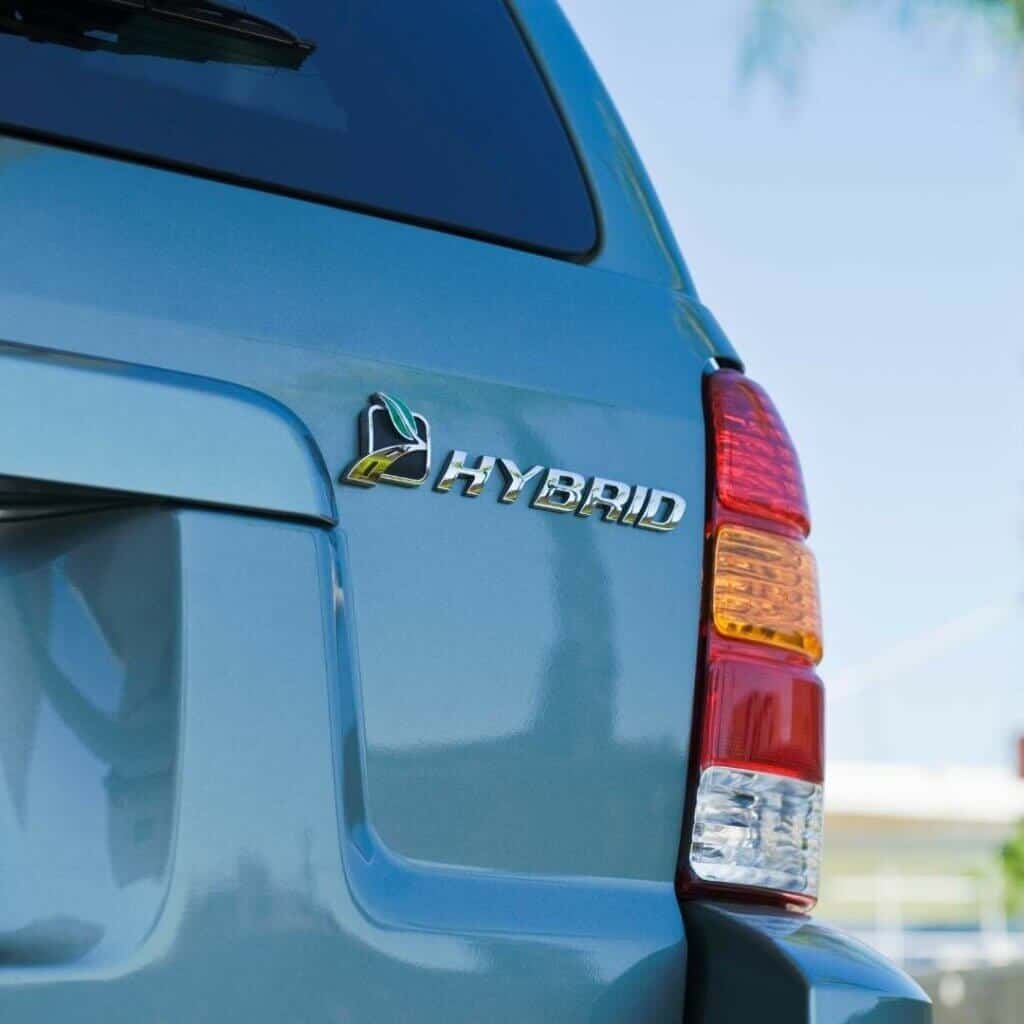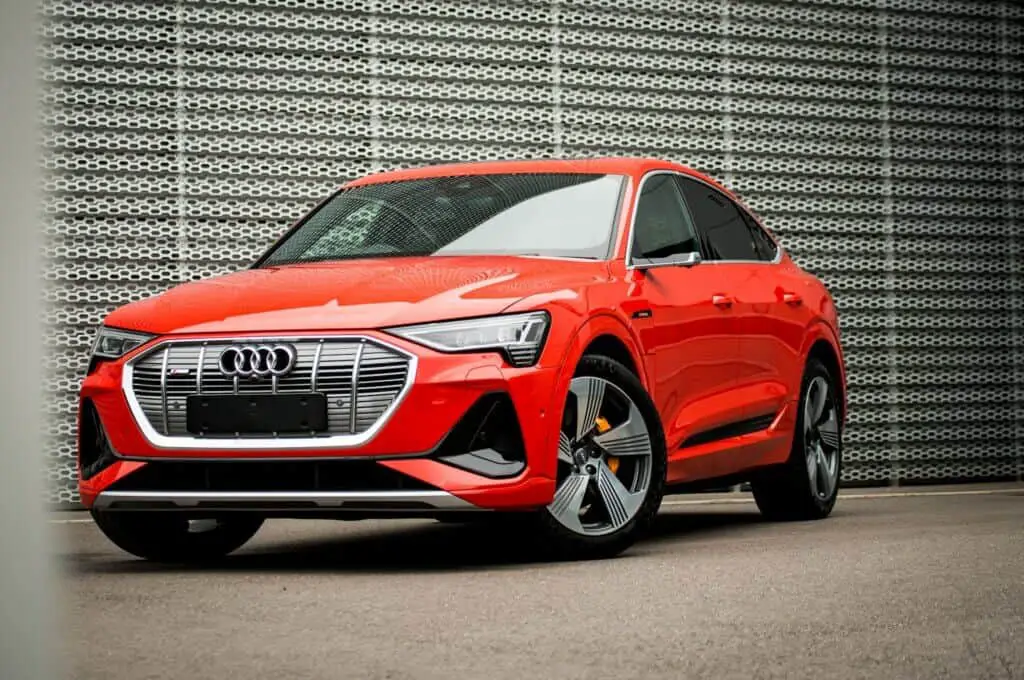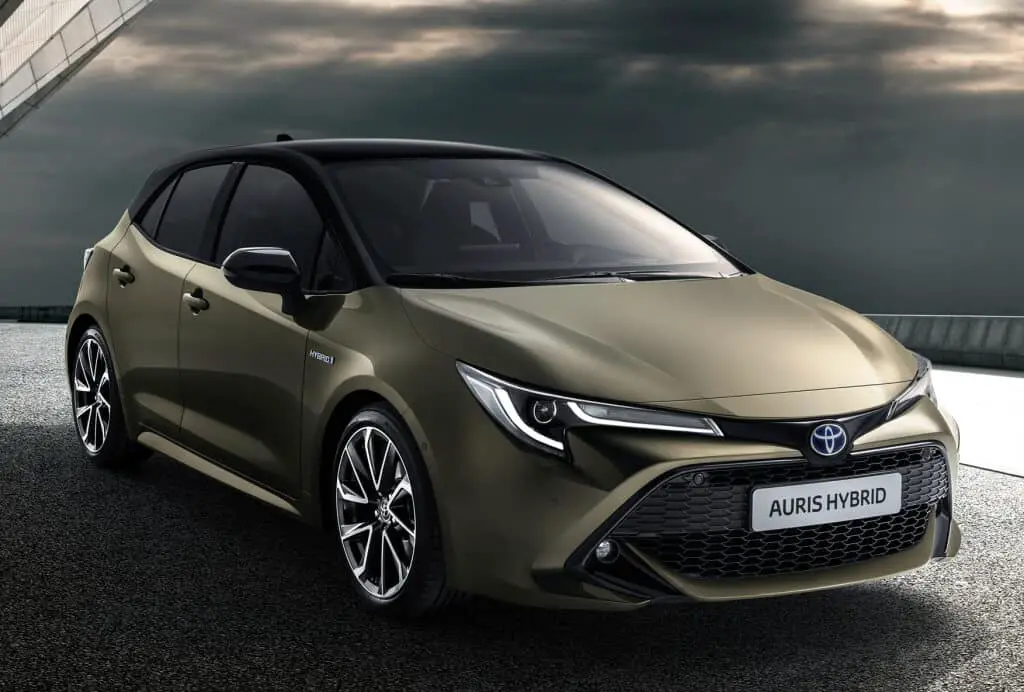Can a hybrid car run on gas only?
Hybrid vehicles are shaping the automobile industry as the new modern form of transportation. They are the stepping stone between pure electric vehicles (Evs) and old traditional combustion engine vehicles.
As a result, they are rapidly becoming popular. Global hybrid car production is expected to hit around 5.4 million units by 2025 [1].
One of the most common concerns related to hybrid cars is whether they can run purely on fuel. In this article, we will provide an elaborate answer to this question.
You will find numerous types of hybrid cars on the market today. That is why it is essential to understand the distinct types of hybrid vehicles and how they function. If you plan to have a new car, this knowledge will help you to choice a vehicle that fits to your needs.
What is a Hybrid Vehicle?
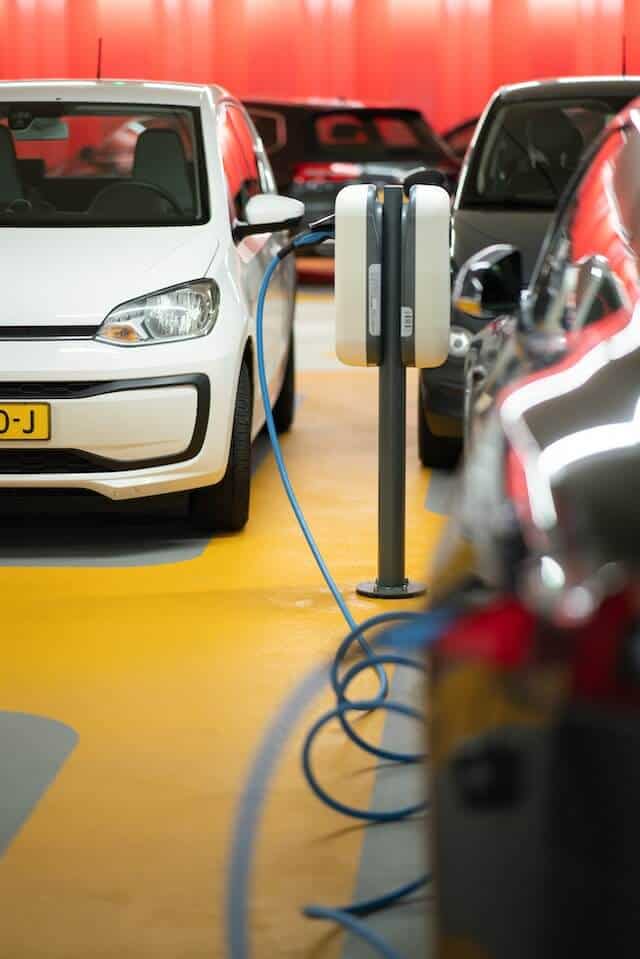
The 1997 Toyota’s Prius model was the first hybrid vehicle to be mass-produced. This car has a 288V electric motor and a 1.5-liter inline-4 gasoline engine. The motor and gas engine are both used as power sources in such vehicles. The vehicle alternates between the motor and the engine depending on demand, the driving speed, and the environment.
At lower speeds, a hybrid vehicle typically runs on its electric battery. The hybrid’s internal computer system prompts the car to switch to gas when accelerating. This means that you will need to keep your hybrid’s battery in good condition to make the best of your experience [2].
In contrast, certain hybrid vehicles can operate just on gas when the electric motor is not activated. Like any other typical car, the vehicle is propelled by a gas combustion engine. And because the motor is not working at this point the engine will consume significantly more fuel than usual. However, it will still achieve decent mileage.
How Hybrid Cars Operate
A combination of an internal combustion engine with one or more electric motors is used to power hybrid electric vehicles. These motors use energy stored in batteries.
You cannot charge the battery of a hybrid electric vehicle by plugging it in. Instead, the battery gets charged through regenerative braking and the power produced by the engine.
Hybrid vehicles usually have smaller engines since the motor suplies additional power. Furthermore, the battery can reduce engine idling. It can also power other car accessories when the engine is off. This combination improves fuel efficiency without compromising performance.
Because of this, hybrid vehicles are more fuel-efficient than conventional gasoline automobiles. Aside from lowering costs, they also produce fewer greenhouse gases, which is also good for the environment.
However, the actual consumption, emissions, and fuel efficiency of a hybrid automobile vary depending on its technology and your driving behavior [3].
Types of Hybrid cars
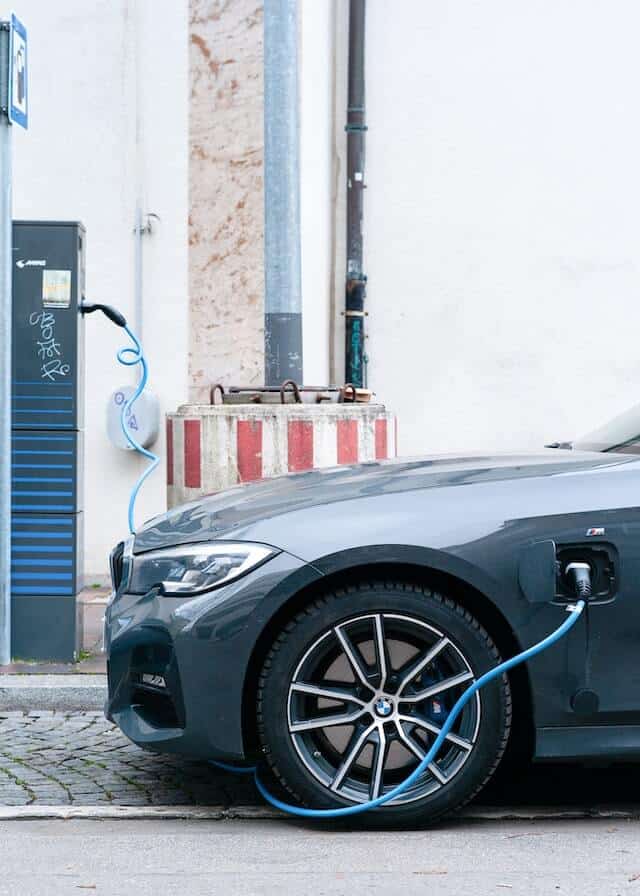
Though all hybrid cars operate on the same concept of combining gas and electricity, they can differ in how they work. To help you differentiate, the following are the various hybrid car systems you can find.
- Full Hybrids (HEV)
Full hybrid vehicles have an electrical component in addition to a gasoline engine, just like mild hybrids. Full hybrid vehicles also have an electrical part and a gasoline engine. Most full hybrids can travel a certain distance with only electric power [4].
It usually occurs at slower city speeds. This explains why a full hybrid’s city consumption in miles per gallon (mpg0 might be higher than its highway mpg rating. For standard gasoline-powered vehicles, the opposite is true.
- Mild Hybrid (MHEV)
Mild hybrids have a battery-powered motor that cannot or need not be charged externally. It gets charged automatically through its internal combustion gas engine. The electric motor or battery assists the gas engine but cannot power the vehicle. Instead, the vehilce needs fuel (petrol/diesel) to run.
Mild hybrids are gasoline-fueled cars with an electric motor that enhances performance rather than driving the vehicle [5]. The main purpose of the electric motor is to increase fuel economy at low to medium speeds. It also increases engine performance when the engine is working hard, as well as aiding the starter system.
The fuel efficiency of a mild hybrid system is similar to that of other hybrid systems. Still, it is typically the most affordable and straightforward hybrid technology to design for an existing car type. The Mercedes Benz S400 BlueHybrid and the Honda Civic Hybrid are two examples of mild hybrid vehicles.
- Plug-in Hybrid (PHEV)
These, like full hybrids, have both a gas combustion engine and electric motor. The battery is large enough to accommodate a vast amount of power. Unlike in other hybrids, the PHEV battery can be charged externally or internally, via its internal combustion gas engine. Thus it can run on gas or motor alone [6].
The plug-in hybrid system is comparable to the parallel hybrid system. However it has a larger battery that requires electrical outlet charging.
Typically electric motors predominantly power the plug-in hybrid electric vehicles (PHEVs). When the onboard battery is depleted, the system will switch to a standard parallel hybrid configuration.
This approach works best for urban driving, where people often travel short distances. You might not even require refueling your car for several months in this situation. One example of this is the Ford Fusion Energi, which boasts a 21-mile all-electric driving range.
Read Also: Mitsubishi Outlander PHEV Problems
- Series Hybrid Cars
Series hybrid vehicles are solely powered by an electric engine, as opposed to the parallel hybrid powertrain. The primary function of the gasoline engine is to power the electric motor, either directly or by recharging the battery.
A good example is the BMW i3, which comes with the Range Extender alternative. If the power pack in such a vehicle malfunction, it will render the vehicle entirely unusable.
- Parallel Hybrid Cars
Parallel hybrid vehicles have an electric motor in addition to an internal combustion engine. This vehicle design is the market’s most popular hybrid system. It generates power through the help of an electric motor working together with an internal combustion engine (ICE). The electric motor powers the car at slower speeds while the gas engine kicks in at higher speeds.
The electrical system’s configuration enables the electric generator to power the motor controller directly. From zero to around 20 or 30 miles per hour, the car is driven by an electric motor. Beyond this range, the automatic transmission transfers control to the gasoline engine. When accelerating quickly, the electric motor will require more power from the battery pack to operate [8].
With this approach, the vehicle will select the most cost-effective drivetrain, electric, gas, or a combination of the two. Other parallel hybrid cars besides the Toyota Prius include the Chevrolet Malibu, Honda Insight, and others.
Real also: Toyota Fielder Hybrid Problems
The more you accelerate, the more fuel is consumed. Similarly more power is drawn from the primary power pack by the electric motor. In this way, engine and the motor coordinate to supply power to the vehicle at high speeds.
Can a hybrid car run on gas only?
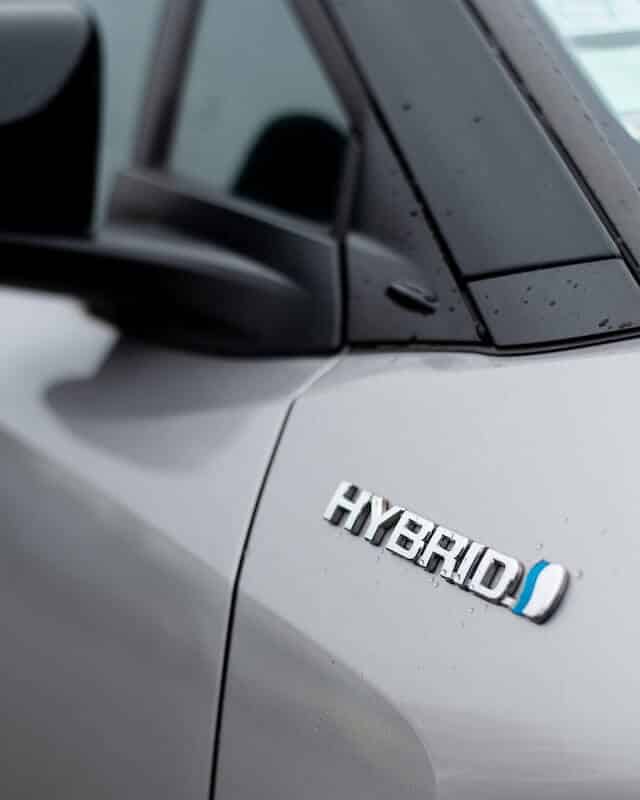
If your car is PHEV, HEV, or Parallel Hybrid, it can effectively run on gas only. A regular hybrid car derives all its power from gas while using the electrical system for efficiency improvements. As you can see, hybrid vehicles rely on gas to run. Unfortunately, most hybrids’ electric power range is significantly lower (just a few miles).
However, plug-in hybrid cars can cover a distance of about 40 to 50 kilometers (approximately 31.07 miles) using the electric motor. If you keep driving without frequently hitting the brakes, the gas engine takes over and continues to power the car [9]. In this sense, hybrid cars can only run-on gas.
Read Also
However, you will not be able to utilize your hybrid car if the battery has been removed or has died. If you wish to drive your automobile in such a case, the battery will need to be replaced or repaired. Furthermore the series and parallel hybrids only use their electric motors when traveling at modest speeds.
Read Also: Pros and Cons of Hybrid Cars
Final Words
Hybrid vehicles can run on gas alone, but they would not be as fuel-efficient as when they combine gas and electricity. In hybrid cars, electric motors aid in increasing performance and fuel economy. However, the electric motor’s benefits would not be available if the car were powered by gas.
Therefore, the vehicle will be less fuel-efficient than it is. However, if you care about the environment and want to continue with a hybrid car, you can select any of the models mentioned above based on your preferences.
Read Next: Blink vs ChargePoint

